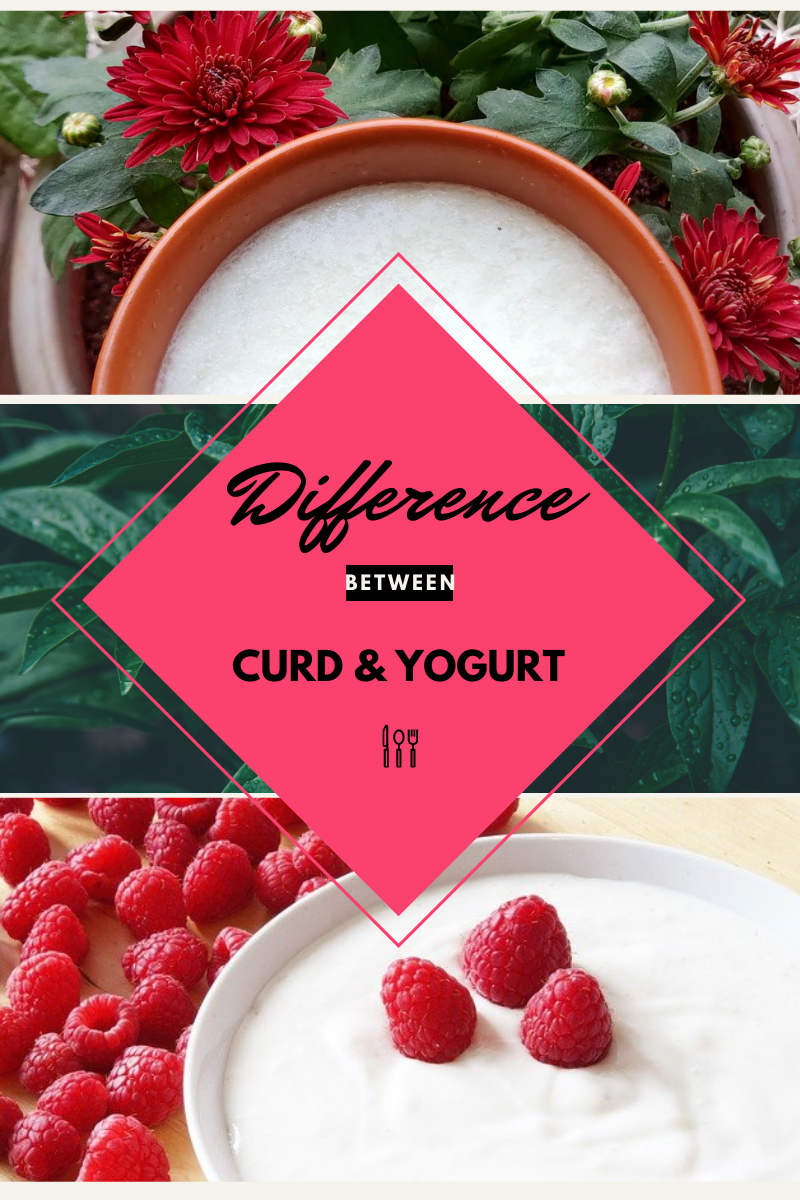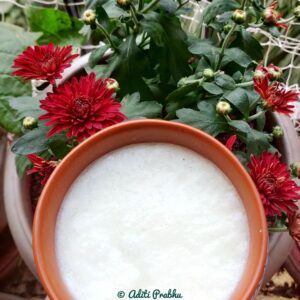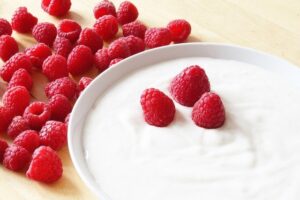Curd, yoghurt, milk, paneer, or even the latest Greek Yogurt, all are dairy and dairy products that have always been and are an integral part of Indian cuisine.
Are these ingredients the same?
Dahi or Yogurt or Greek yogurt are all different. They mainly differ in their preparation, texture, taste, flavour, durability, availability, nutritional content, and cost.
What is curd and how is it made?
Curds or Dahi are made in almost every Indian household. It is made from curdling milk.
All you need to do is boil milk and cool it just as it is about to reach room temperature you add in previously made dahi/curd. (If you don’t have that you can easily get a small quantity of dahi from the dairy and use it as a starter culture). Mix it properly into the milk and leave it out for a few hours (Duration varies based on climate, atmospheric temperature, and whether you prefer your curds sour or plain).
Dahi/Curds is mainly made from cow, buffalo, goat, camel, and yak milk. In terms of texture, it can be smooth, creamy, or even curdled. The flavour will differ in terms of sourness. It lasts for 3-4 days, max to max up to a week in the fridge in case of homemade dahi. Commercially prepared can last for around a fortnight or so.
What are Yogurt and Greek Yogurt and how are they made?
Yoghurt and Greek Yogurt are widely used in Western culture and recently are entering the Indian markets. Both these types of yoghurt are made using pasteurized milk and the same bacterial cultures (Streptococcus thermophilus and Lactobacillus bulgaricus. At times even other strains of Lactobacillus are used).
Once the milk is pasteurized, the bacterial culture is added to it and it is allowed to get fermented (Duration of fermentation or the fermentation technique may vary based on the type of milk/bacterial culture). After fermentation, the liquid whey is strained off the solid yoghurt. Regular yoghurt is strained once or twice so there is still some liquid left in the end product whereas, in the case of Greek yoghurt, it is strained multiple times so that most of the liquid is removed because of which it gets thicker creamier consistency and stronger flavour as compared to regular yoghurt.
Yogurt and Greek Yogurt are mainly made from dairy and can also be made from nut milk. Yoghurt or Greek yoghurt mainly lasts for around 15 days. It is available both in plain and flavoured forms.
Both Yogurt and Greek Yogurt do not have a local name in Hindi or Marathi and very often people just call it dahi or curd.
Nutrition Content:-
The nutritional content of the homemade curd/dahi depends on the type of milk used whether it is whole milk, skim milk etc. Dahi is a great probiotic and is also a great source of protein, calcium, and other micronutrients.
The protein content of Greek Yogurt is higher than that of regular yoghurt or Dahi. The fat content is also higher unless it is made from low-fat milk. The sodium content is less. If it is a flavored yogurt or Greek yogurt it usually contains a higher amount of sugar.
Cost Differences:-
- Dahi or Curd:- At the local dairy, 50-60Rs. for 500 gms. Commercially prepared Dahi or curd is approx.45-60 Rs for 400 grams (depending on the brand).
- Yoghurt:- Commercially prepared, the price is anywhere between Rs 25-30 per 80-100gms pack.
- Greek Yogurt: Commercially prepared, the price is anywhere between Rs 30-35 for the plain variety and Rs 35-40 for flavored.
*Above mentioned prices are the approximate price range based on the products available at present in the market. The price change is possible.


